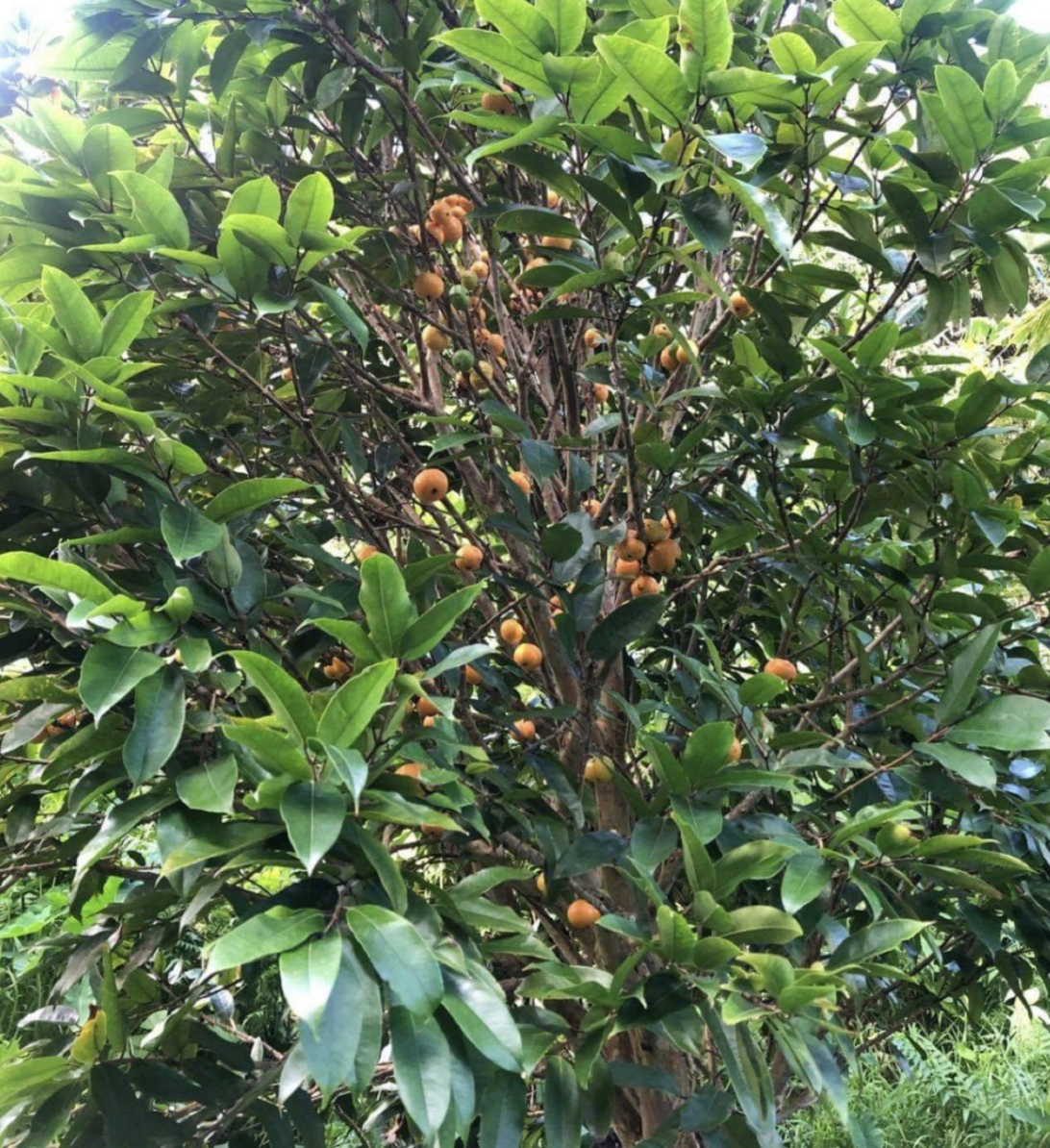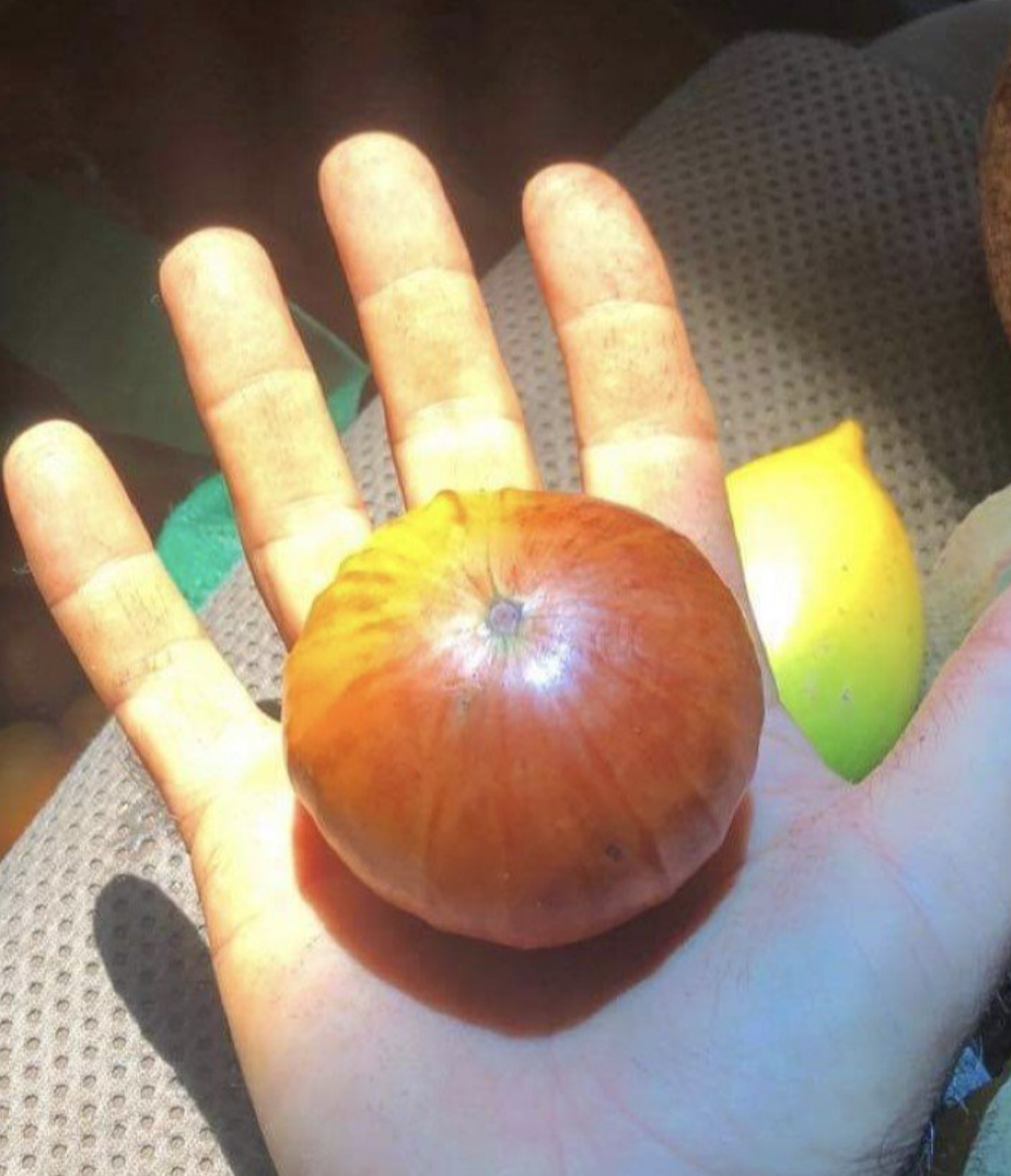Plinia Edulis- Cambuca
Seeds imported from Brazil. Cambucá is a tree that grows wild in Brazil in the coastal rainforest regions around the Brazilian cities of São Paulo and Rio de Janeiro. Cambucá fruit has a pleasant taste resembles a light combo of mango and papaya. The Cambucá fruit coloration is yellowy-green, size is 6 cm in diameter and taste is sweet-sour. The name Cambucá came from the Tupi Indian word kãbu'ká, which means "The bud plant". This name is derived from the local native word for jar, "cambuci", due to the tree's fruit resembling a type of water container which some would say is "flying saucer" shaped. Seeds are viable and will be shipped in humid vermiculite.
Seeds imported from Brazil. Cambucá is a tree that grows wild in Brazil in the coastal rainforest regions around the Brazilian cities of São Paulo and Rio de Janeiro. Cambucá fruit has a pleasant taste resembles a light combo of mango and papaya. The Cambucá fruit coloration is yellowy-green, size is 6 cm in diameter and taste is sweet-sour. The name Cambucá came from the Tupi Indian word kãbu'ká, which means "The bud plant". This name is derived from the local native word for jar, "cambuci", due to the tree's fruit resembling a type of water container which some would say is "flying saucer" shaped. Seeds are viable and will be shipped in humid vermiculite.
Seeds imported from Brazil. Cambucá is a tree that grows wild in Brazil in the coastal rainforest regions around the Brazilian cities of São Paulo and Rio de Janeiro. Cambucá fruit has a pleasant taste resembles a light combo of mango and papaya. The Cambucá fruit coloration is yellowy-green, size is 6 cm in diameter and taste is sweet-sour. The name Cambucá came from the Tupi Indian word kãbu'ká, which means "The bud plant". This name is derived from the local native word for jar, "cambuci", due to the tree's fruit resembling a type of water container which some would say is "flying saucer" shaped. Seeds are viable and will be shipped in humid vermiculite.




